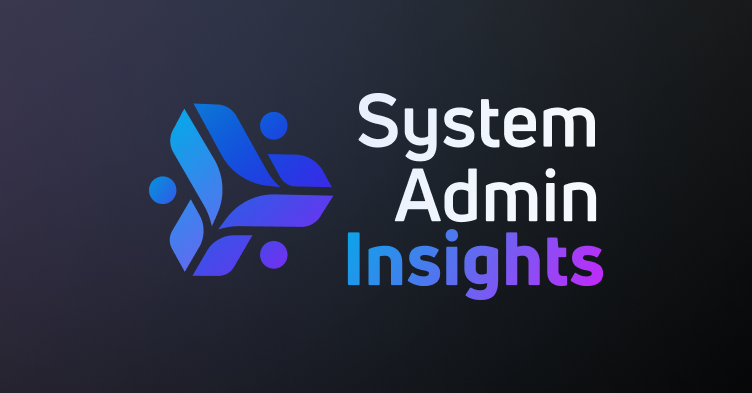As talent acquisition professionals, we’ve all felt that moment of tension when discussing agency spend. Is relying on external recruiters a commentary on our internal capabilities? Are we spending too much? Or is there actually a healthy balance to be struck? I’ve found myself on both sides of this equation throughout my career, and the answers aren’t always straightforward.
I recently had an illuminating conversation with Vivian Larsen, an HR Technology Strategist with over a decade of experience working with large enterprises. As a former agency recruiter herself, Vivian brings a unique perspective to this often contentious topic. Our discussion revealed insights that might help organizations rethink their approach to this critical relationship.
The Agency Mindset vs. In-House Reality: Two Different Worlds
“Having been an agency recruiter where I had a book of business and had to sell just like a salesperson, then later an RPO recruiter and Operations manager with a team of 16 recruiters, that whole mindset is different than what many in-house recruiters have,” Vivian explained.
This difference in perspective isn’t just cultural, it’s fundamental to how each type of recruiter approaches their role. Agency recruiters operate with a sales-driven, network-focused mentality. They’re currency is building relationships, even when there’s no immediate job opening, because their livelihood depends on having candidates ready when opportunities arise.
In-house recruiters, meanwhile, often find themselves juggling multiple responsibilities beyond just filling roles: onboarding coordination, employer branding, recruitment marketing, hiring manager relationships, and often system administration tasks. They’re typically measured on metrics like time-to-fill and cost-per-hire rather than pure placement volume.
This difference in focus often contributes to the ongoing conversation about HR being viewed as a cost center rather than a strategic partner. How can TA and TA tech gain more of a seat at the C-Suite table? Part of the answer might lie in understanding the complementary roles agencies and in-house teams can play.
I’ve seen this tension firsthand. At a previous nonprofit role, I remember watching agency recruiters arrive with cupcakes and gifts, hosting lavish lunches for our team. At first, it seemed like a nice perk, until I saw the invoices. The relationship became complicated when I realized that relying on agencies might be perceived as a reflection on our internal team’s capabilities.
Finding the Healthy Balance: When to Use Agencies Strategically
When I asked Vivian if the ideal state is to eliminate agency relationships entirely, her answer was clear: “There’s a healthy balance.”
She pointed out that agency recruiters have one tremendous advantage, time devoted exclusively to building and maintaining talent networks. “Having a warm book of people with specific skill sets is a full-time, 24-7 networking job,” she noted. “And that’s something an agency recruiter can do far better than someone with all the other responsibilities that go along with being a full-time in-house recruiter.”
For those difficult-to-fill positions; those “purple squirrels” or “white unicorns” with niche skills, you simply won’t find them applying through job boards. They don’t need to. Agency recruiters are the ones continually building relationships with these candidates, taking them to lunch, checking in quarterly, and keeping them warm.
This strategic approach makes perfect sense for certain types of roles, particularly:
- Executive positions where candidates are less likely to be actively job-seeking
- Highly specialized technical roles requiring rare skill combinations
- Positions in competitive fields where passive candidates dominate the talent pool
- Roles requiring rapid fills where internal resources are already stretched thin
Interestingly, when talking with healthcare organizations, I’ve found dramatic differences in approaches. Some have eliminated agency spend entirely, while others in the same sector spend millions annually. The differentiator? Often it comes down to having agency-minded people, in-house recruiters, who’ve been given the time and resources to build and maintain those critical talent networks.
The Real Cost of a Bad Hire: Beyond the Bottom Line
While agency fees might make finance departments wince (typically 15-30% of first-year salary), it’s crucial to weigh them against the cost of a bad hire, which falls into two major categories:
- The Revolving Door: When someone doesn’t stay long enough for you to overcome the cost of hiring them in the first place. You’re now spending double on job board fees, agency fees, and personnel time for interviews. This constant churn creates a financial drain that often exceeds what you might have spent on finding the right person initially.
- The Cultural Mismatch: This can literally “poison your entire organization,” as Vivian put it. Beyond the replacement costs, you have to consider everyone affected by the fallout and ripple effects. A toxic hire can drive good employees away, damage team morale, disrupt productivity, and create conflict that reverberates throughout the organization. Add in the negative sentiment that person might spread in the community or on review sites, and the costs multiply exponentially.
While the average hire might cost $7,000-$15,000 with an in-house recruiter, that number skyrockets when you factor in these wider impacts. Some studies suggest a bad hire at the executive level can cost upwards of $1 million when all factors are considered.
The pressure on TA teams is immense, you’re trying to fill positions quickly while ensuring culture fit and capabilities match. For roles where the cost of getting it wrong is particularly high, the agency fee starts to look like insurance rather than an unnecessary expense.
Time-to-Fill: More Critical Than You Think (And More Expensive)
“Every minute that seat is empty is costing your organization money,” Vivian emphasized. The costs extend far beyond what we typically consider, creating a complex web of financial impacts that aren’t always visible on standard reports:
- Loss of productivity: The obvious direct impact of work not getting done
- Loss of potential interconnections: Missing the network effects of having that position filled
- Interview and recruiting team time: The hours spent by internal staff in the hiring process
- Potential tax revenue losses: Organizations often get tax breaks for headcount
- Insurance premium increases: If you dip under certain employee thresholds, rates can jump
- Contractual obligations: Commitments to maintain specific headcounts in certain locations
- Overburden on existing staff: Potentially leading to burnout and further attrition
- Lost business opportunities: Projects delayed, clients underserved, innovation stalled
These costs can quickly snowball into thousands or even hundreds of thousands of dollars. I’ve seen organizations focus so intently on saving the agency fee that they leave critical positions open for months, creating far greater financial damage than the fee would have been.
The high-pressure situation of having an empty seat creates its own challenges. Hiring managers feel the daily pain of understaffing while TA teams face the conflicting demands of filling quickly versus finding the perfect fit. This tension often leads to decisions that prioritize speed over quality, a false economy that can lead to those costly bad hires we discussed earlier.
Managing the Agency Relationship: Beyond Adversaries
One of the most challenging aspects of working with agencies is the potential for an adversarial relationship. In-house recruiters may feel that agency presence signals their failure, while agencies are building direct relationships with hiring managers that can undermine internal TA teams.
“Agency recruiters’ bread and butter is their relationship with your hiring managers,” Vivian explained. “They understand what those hiring managers want on a level that you as the regular everyday recruiter don’t always have time to build.”
This can create friction when hiring managers ask why the in-house team can’t deliver what agencies can, not recognizing the fundamental difference in roles and responsibilities. I’ve personally experienced this tension, feeling the need to gatekeep agency access to hiring managers who had developed a “quick fix” mentality about using external recruiters.
Various approaches exist for managing this dynamic:
- Strict Gatekeeping: Some companies implement rules and penalties for agencies that bypass protocols. Vivian shared an example of a pharmaceutical company that would actually penalize agencies financially when they submitted candidates without proper authorization.
- Agency Portals: Using technology solutions to create accountability and verify candidates aren’t already in iCIMS. This prevents paying fees for candidates who had already applied independently, a surprisingly common occurrence.
- Strategic Partnerships: The most successful approach seems to involve clear boundaries while recognizing the complementary value agencies provide. Rather than viewing agencies as competitors, leading organizations treat them as specialized extensions of their TA function.
- Performance-Based Relationships: Moving beyond transactional interactions to true partnerships where agencies are evaluated on quality metrics, not just fill rates.
The agency portal functionality in iCIMS offers one practical approach to managing these relationships. By requiring agencies to submit candidates through a dedicated channel, organizations can track submissions, prevent duplications, and maintain clear ownership of the process. Importantly, once agencies understand you’re serious about enforcing these boundaries, compliance typically improves dramatically.
Quality of Hire: The Elusive Metric That Matters Most
Everyone talks about quality of hire, but defining it meaningfully remains challenging. Despite its importance, many organizations struggle to quantify what makes a hire “good” beyond gut feeling.
The most successful implementation Vivian has seen involved clearly quantifiable metrics:
- Retention at key milestones: 90 days, 128 days, one year
- Performance rating at reviews: Are they consistently scoring in the top tiers?
- Cultural contribution: How have they enhanced the workplace environment?
- Referral generation: Whether the hire brought other good people into the organization
This last point is particularly interesting, great hires often lead to more great hires through their networks. This “multiplier effect” can be one of the most valuable indicators of quality, though it’s rarely tracked systematically.
The challenge lies in the silos between TA and broader HR. Once a candidate becomes an employee, they typically leave the TA team’s sphere of influence, making it difficult to track long-term success without strong partnerships across HR functions. Organizations that excel in quality of hire measurement have intentionally built bridges between these areas, creating feedback loops that inform future hiring strategies.
While metrics like length of tenure and performance reviews have their flaws (as we discussed at length), measuring something is still better than measuring nothing. The key is acknowledging the limitations of any single metric and using a constellation of indicators to form a more complete picture.
Employee Referrals: The Double-Edged Sword
Our conversation touched briefly on employee referrals, consistently one of the highest-yield sources for quality hires. When a trusted employee puts their reputation behind recommending someone, it can be a powerful indicator of fit.
However, Vivian pointed out an interesting evolution in this space: “There’s an entire gig economy around employee referrals now.” With the rise of LinkedIn and other networking platforms, the bar for “knowing” someone has lowered considerably. She shared that during her own job search, she had 15 people willing to refer her to companies where she barely knew her referrers.
This creates a tension between maintaining the quality signal that referrals traditionally provided and opening opportunities for diverse candidates who might not have pre-existing connections within the organization. Finding this balance remains a challenge for many TA teams.
The most effective referral programs I’ve seen maintain financial incentives but pair them with clear messaging about the importance of personal endorsement. They emphasize that referring someone isn’t just about collecting a bonus, it’s about bringing in people who will make the team stronger.
The Bottom Line: Ripple Effects of Hiring Decisions
The real value of a great hire – like a bad hire – creates ripple effects throughout an organization. As Vivian shared from personal experience, “One great hire can make your entire organization better… I’ve been fortunate to have six or seven of those types of people in my career. Every single one of them became a catalyst for positive change.”
She spoke movingly about her former manager Greg, who transformed her experience at work: “He had this warm, wonderful way of bringing everyone together, making everyone feel seen, and making the entire organization better. I was promoted under him, and I credit him with a lot of my most recent professional success.”
Stories like this remind us what’s really at stake in the hiring process. Beyond metrics and costs, we’re making decisions that profoundly impact people’s careers, team dynamics, and organizational culture. Whether that catalyst comes through an agency or your in-house efforts ultimately matters less than finding the right person who fits your culture and contributes to your organization’s success.
The key is being strategic about when and how to leverage external recruiting partners while continuing to build your internal capabilities. This isn’t an either/or proposition—it’s about creating a sophisticated talent acquisition ecosystem where each component plays to its strengths.
As we navigate an increasingly complex talent landscape, perhaps the most valuable mindset is one that transcends the traditional boundaries between in-house and agency recruiting. The organizations that thrive will be those that thoughtfully integrate both approaches, measuring success not by spend reduction but by the quality and impact of the people they bring into their teams.





